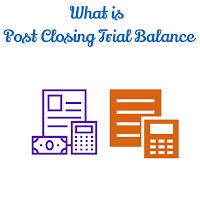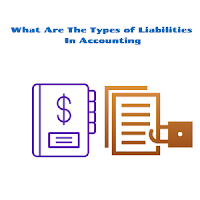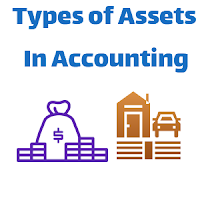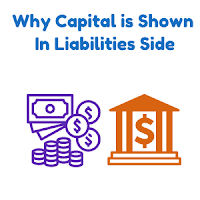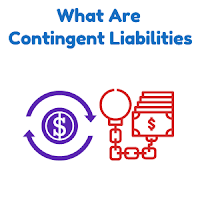What is the Purpose of Post Closing Trial Balance

The Main Purpose of Post Closing Trial Balance is to adjust the balances of Permanent Accounts ( Assets , Liabilities & Equity ) on the next accounting period. It does not have temporary accounts ( Revenues & Expenses ) as these are closed to Income Statement or Profit & Loss Account at the end of the accounting period. It checks the Arithmetic Accuracy of Totals of Debit And Credit Sides and hence any error or mistake made in Permanent Accounts is rectified with the help of Post Closing Trail Balance as closing balances of these Types of Accounts are updated after passing Adjusting Entries .
